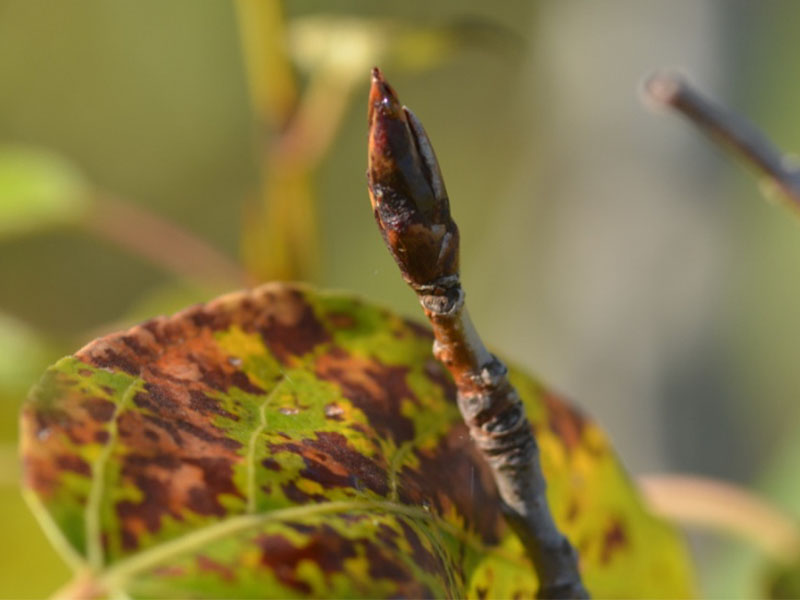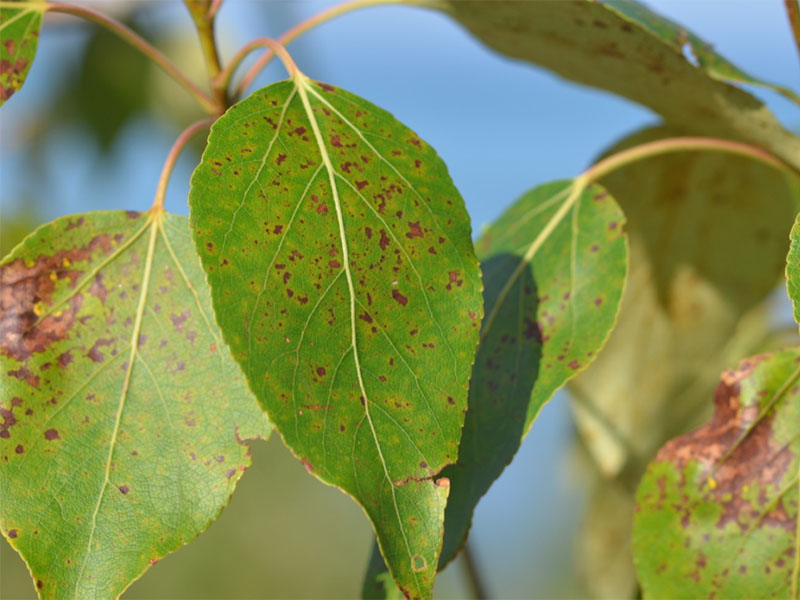
Woody > Populus > Populus balsamifera > Populus balsamifera
Populus balsamifera
Balsam Poplar
Origin: Northern United States, Canada and Russia.
| Family |
| Salicaceae |
| Genus |
| Populus |
| Species |
| balsamifera |
| Category |
| Woody |
| Type |
| Tree (deciduous) |
| USDA Hardiness Zone |
| 2 |
| Canadian Hardiness Zone |
| 0 |
| RHS Hardiness Zone |
| H7 |
| Temperature (°C) |
| -46 - (-40) |
| Temperature (°F) |
| -50 - (-40) |
| Height |
| 25 m |
| Spread |
| 15 m |
Photographs
Description and Growing Information
Flowering Period
| Landscape |
| Can be used in large gardens, but it is important to plant at least 40 m from buildings, drains, walls, and roads, as they are known to cause extensive damage. Emits a pleasant balsam scent, especially after the rain. |
| Cultivation |
| Grow in deep, rich, well-drained neutral soil. Keep 8 m or more from other plants, as they are intolerant of root or branch competition. |
| Growth |
| Fast |
| Pests |
| May be affected by bacterial canker, caused by Aplanobacter populi, as well as multiple fungi and wood boring insects. |
| Flower/Leaf Bud Description |
| Buds to 2.5 cm, thickly covered in a fragrant, viscid resin. |
| Leaf Description |
| Shiny spade-shaped leaves measuring 6 - 12 cm long. |
| Flower Description |
| Male catkins measure 5 - 7.5 cm, while female catkins are larger at 12 - 14 cm. |
| Fruit Description |
| Fruit is 2-valved. |
| Propagation |
| Roots easily from hardwood cuttings, or may be grown from seed that is surface sown within three days of ripening (however, hybridization may occur). |



